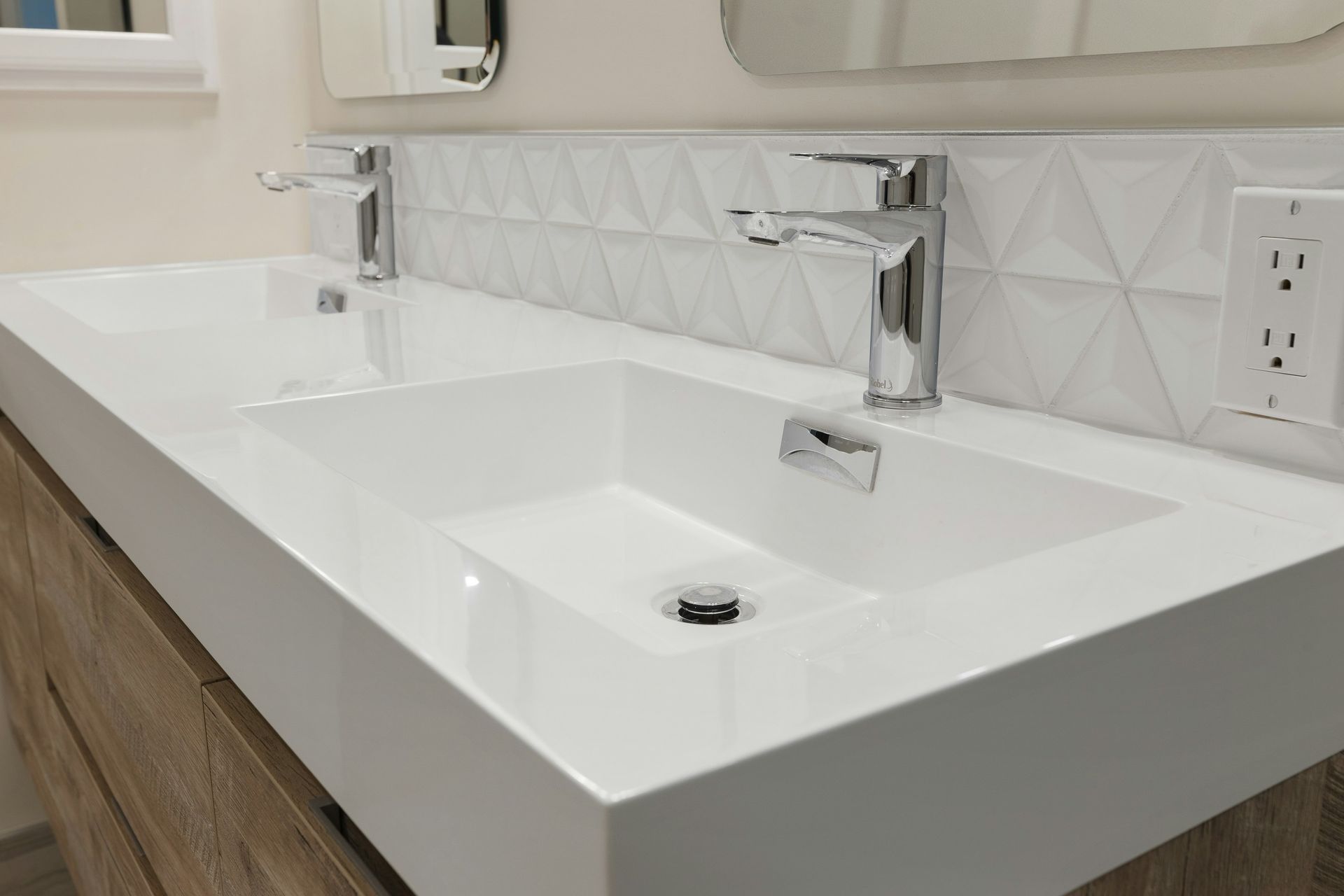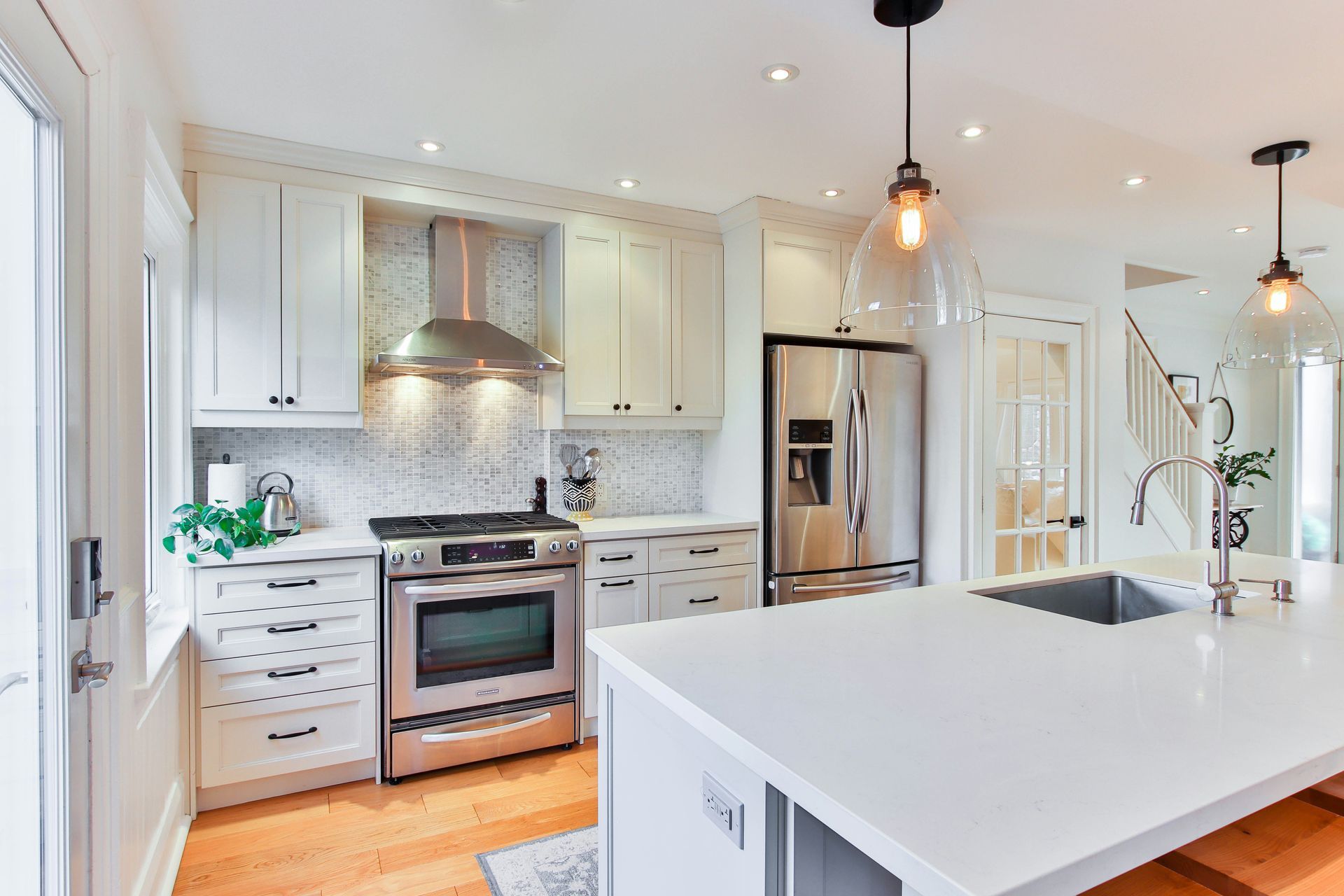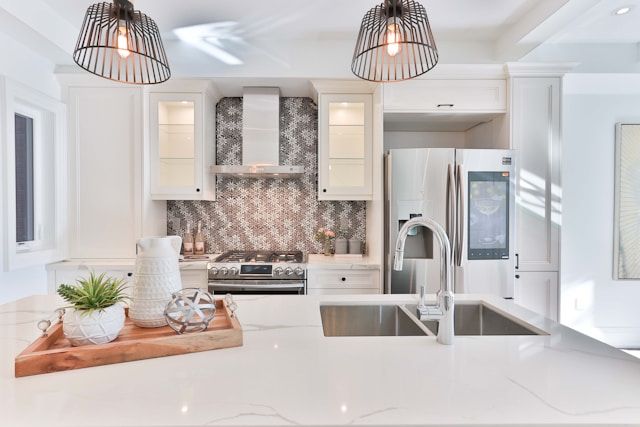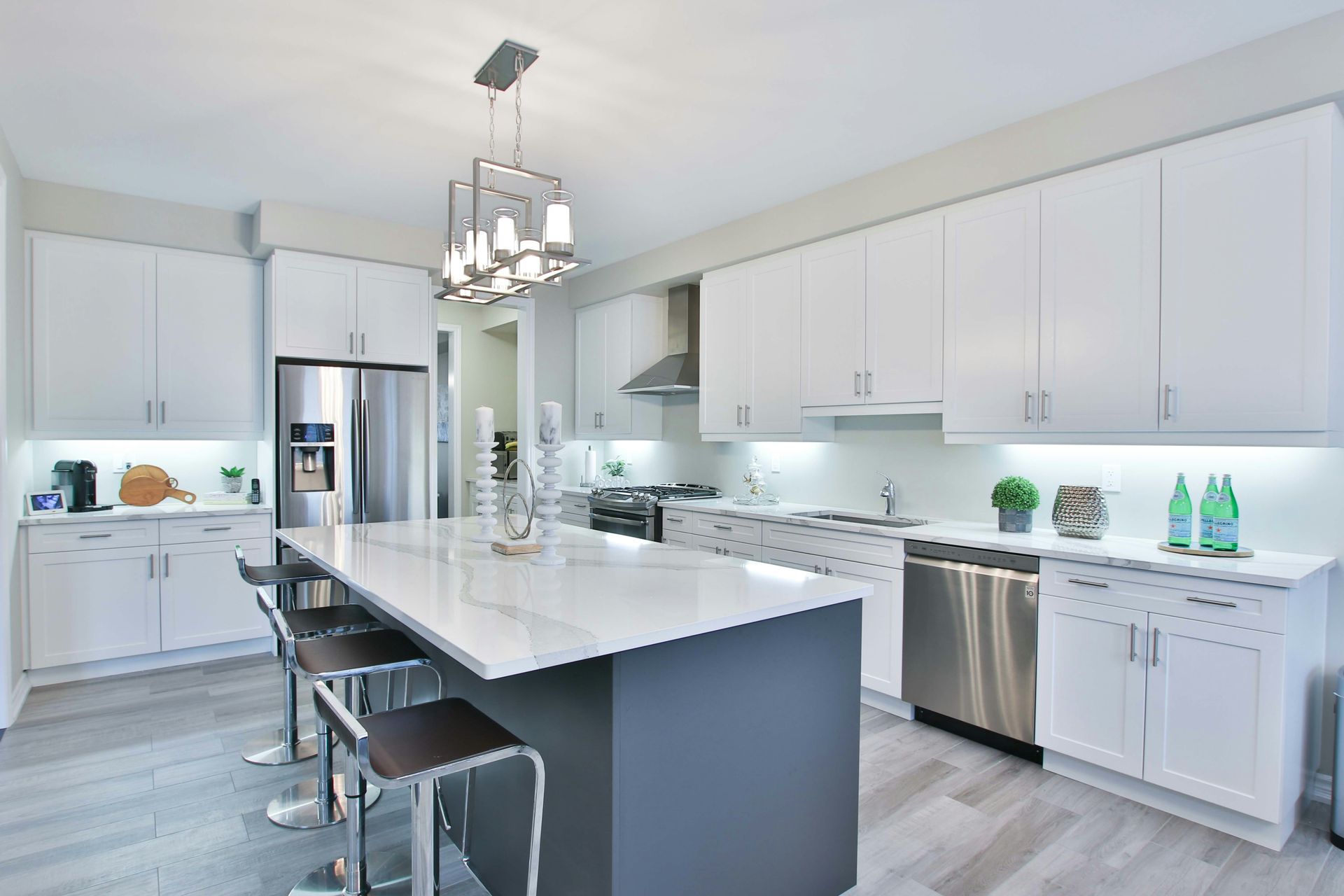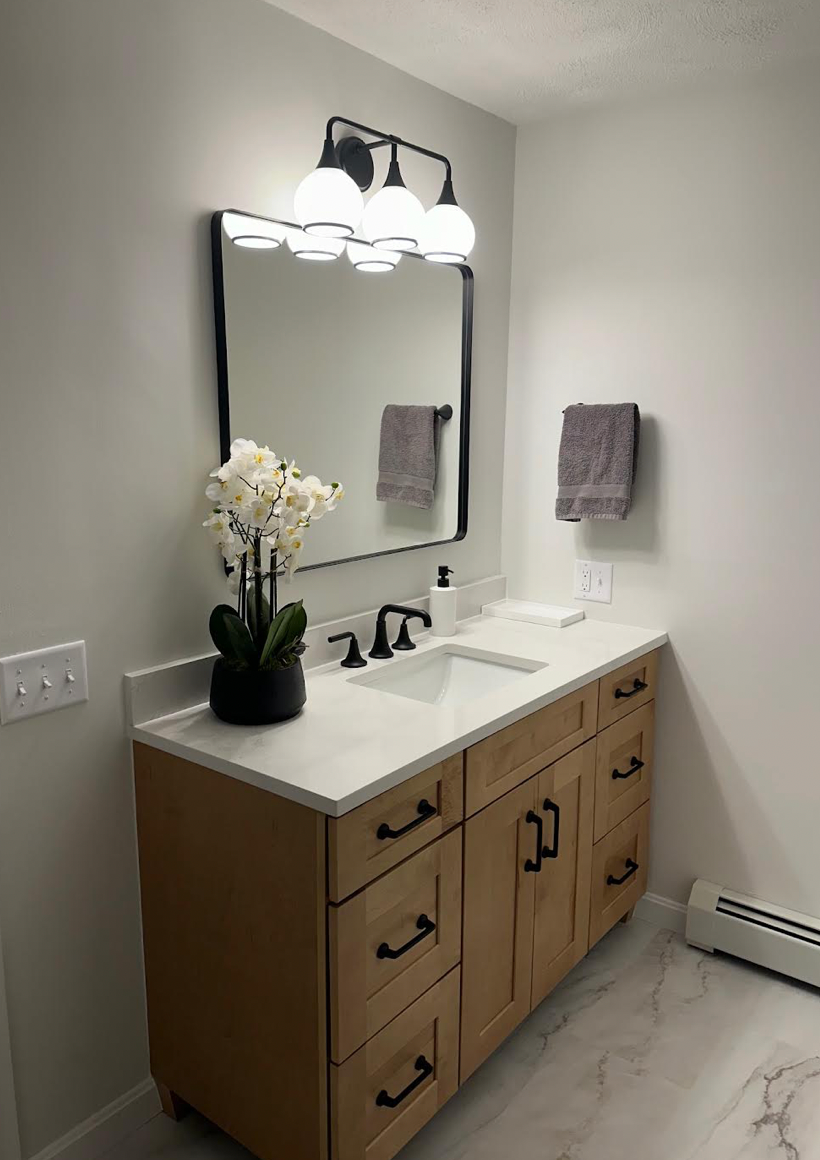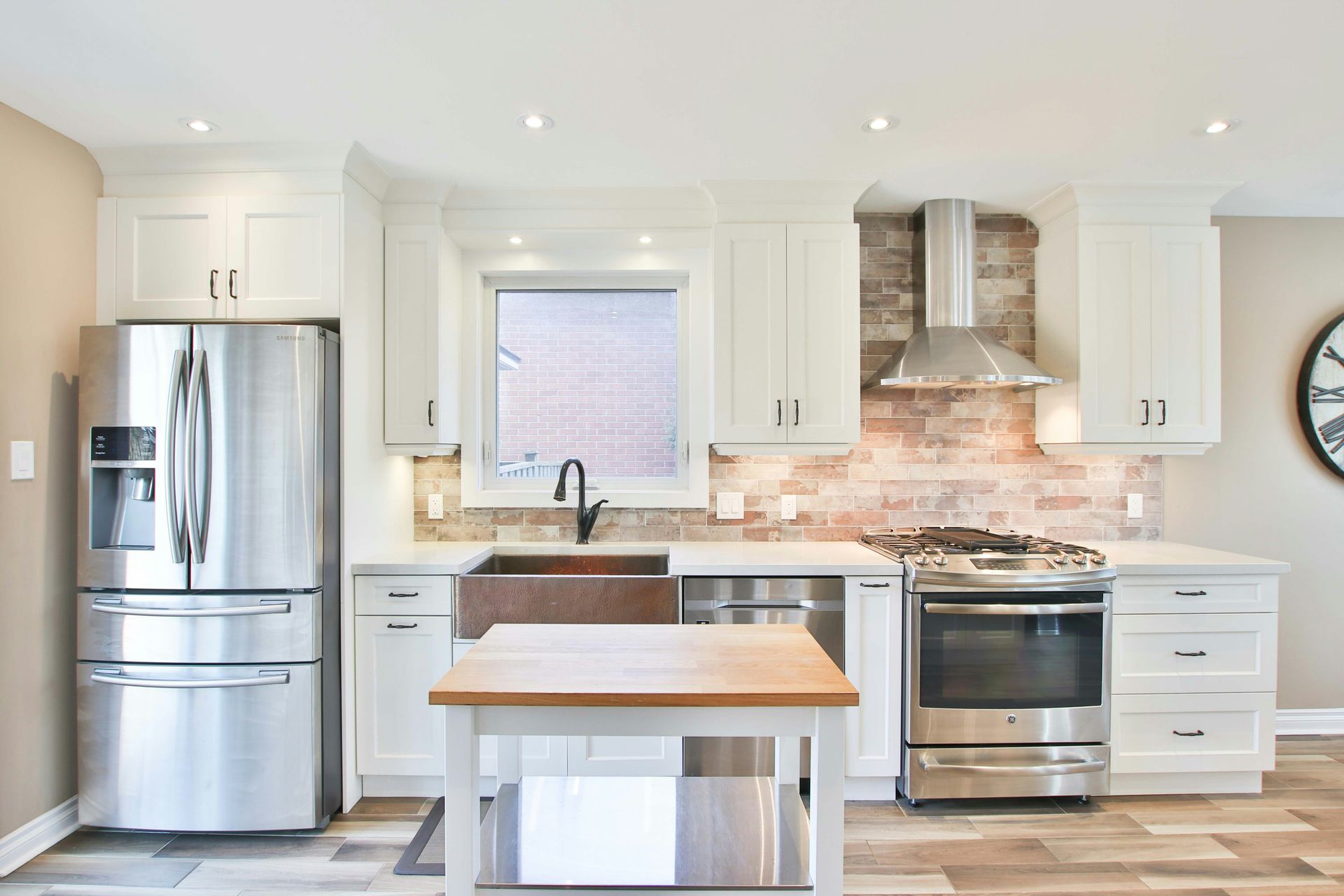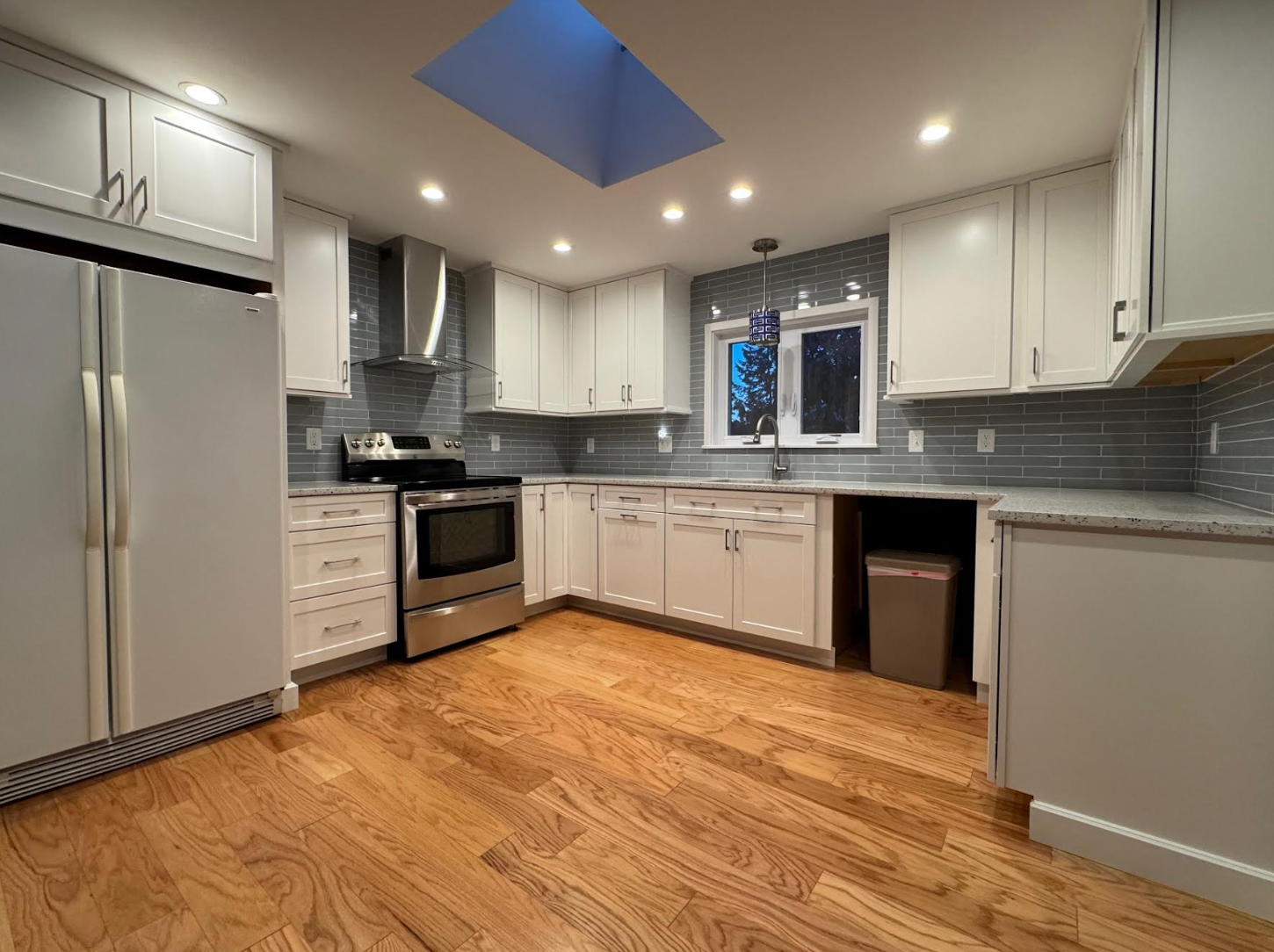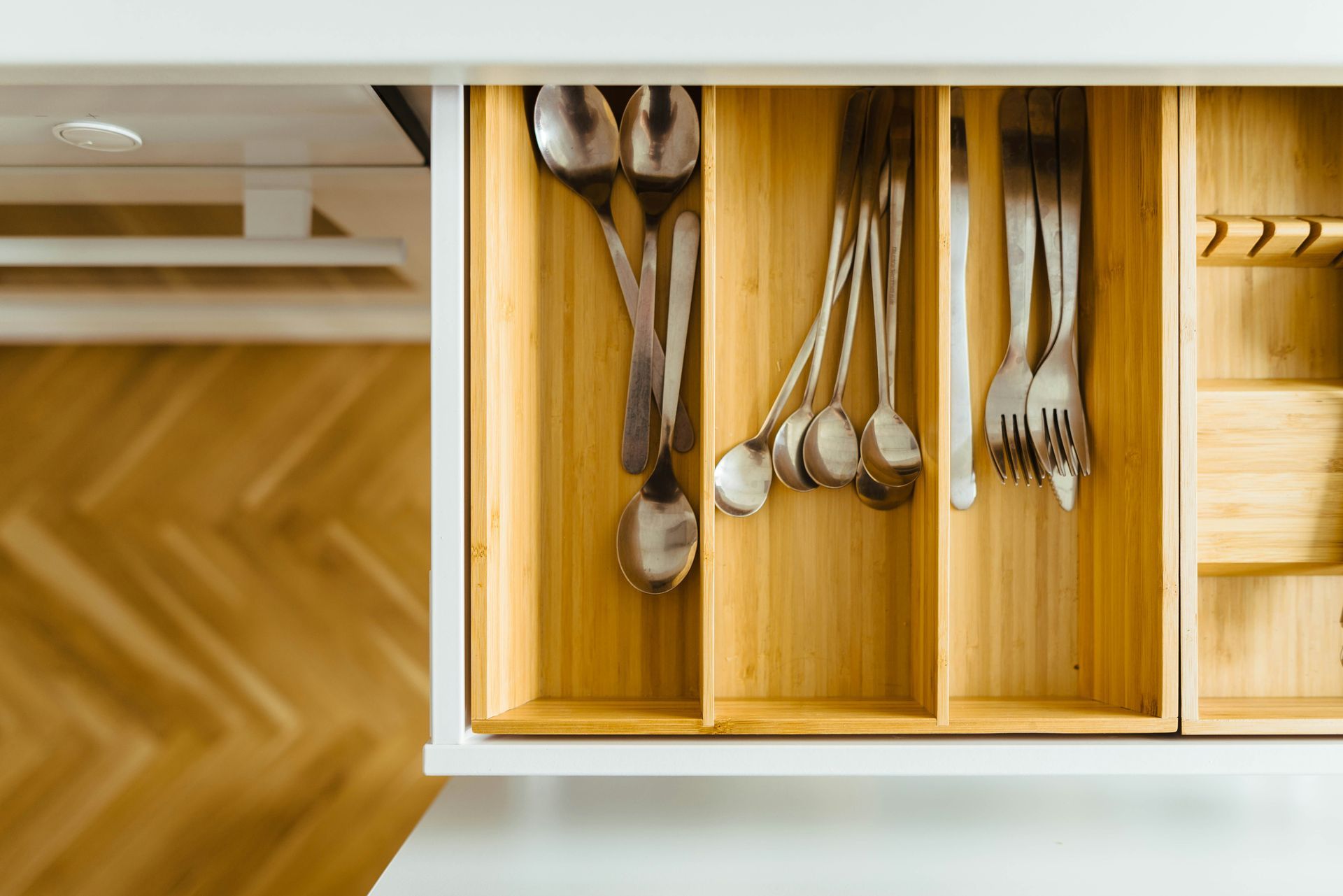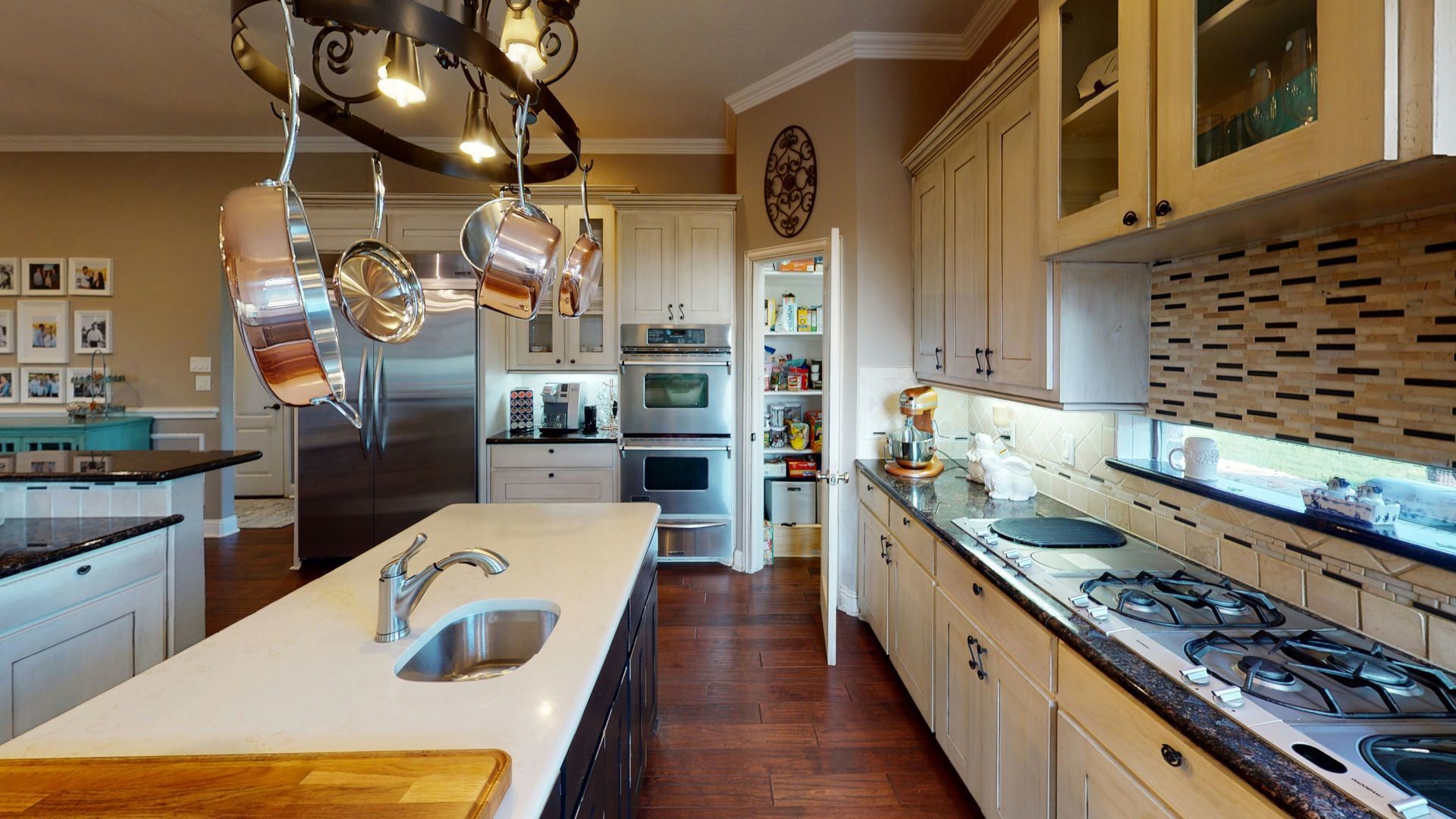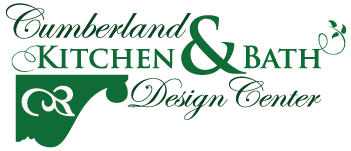There is no one way to design a kitchen. Sure, there may be a few standard design theories or rules to abide by, but the way we use our kitchens is constantly evolving. Today, they're not only a room for cooking but also for entertaining, working, and bonding as a family.
All of these activities must be considered when planning your perfect kitchen. Professional designers will discuss your kitchen's primary purposes and other important factors, such as how many people use the space and your budget. What else can you expect during the kitchen design process? Check out the guide below!
An Expert Guide to Planning and Designing a Kitchen
Do you have visions, or maybe pictures of your dream kitchen? Now it's time to add numbers, designs, and lists to your kitchen plans.
Start with a Wishlist
You probably have both a handful of must-haves and luxuries in mind for your new kitchen. You should add these things to a kitchen wishlist. From appliances to materials, create a list of all the features you hope your future kitchen will have. It can be practical things as well as pie-in-the-sky ideas. Browsing through magazines or social media collections can help spark your inspiration if need be.
Create a Budget
Now that you've cooked up your perfect kitchen, it's time to add a dash of reality – a budget. How much you can spend on your new kitchen will determine what wishlist items are achievable. It's essential to consider more than the cost of apparent features such as appliances and cabinetry. Also, consider the price of plumbing, lighting, labor, decor, and unforeseen costs (often 10% over your final amount).
Measure, Measure, Measure
Some individuals prefer to consider layouts first, then try to arrange them in their space. Others like to measure the area first before creating a design from scratch. Regardless of the path you choose, measuring your available space is essential. You'll want to take floor space measurements to ensure all of your must-haves fit. Additionally, think about storage space and whether or not there is enough room to move around comfortably.
Take a Look at Layouts
A good layout should reflect your kitchen needs. There are standards when it comes to kitchen design, such as the triangle rule used for food preparation, cooking, and cleanup. However, today's kitchens go beyond the traditional purpose. Do you want a breakfast nook to enjoy your morning coffee? What about barstool seating so that your kids can eat breakfast or do homework while you prepare a meal? There are a variety of layouts; compare each to your preferences, needs, and intended purpose for the space. And remember, the layout must align with your measurements!
Furnishings and Finishing Touches
Your kitchen layout is essentially a blueprint for the space. It tells you where cabinetry will go but not what those cabinets look like. The final step is outfitting your kitchen with all the furnishings and finishing touches. You'll likely want to do this in phases.
Things to consider include cabinets, countertops, flooring, lighting, appliances, paint colors, and decor-type items such as shelving. This phase is easily one of the most enjoyable but also a little overwhelming. Remember, keep your measurements, layout, and budget in mind, and your dream kitchen will come together beautifully!
